STEM
Mrs Chamberlain and Mrs Addams

STEM
Mrs Chamberlain and Mrs Addams
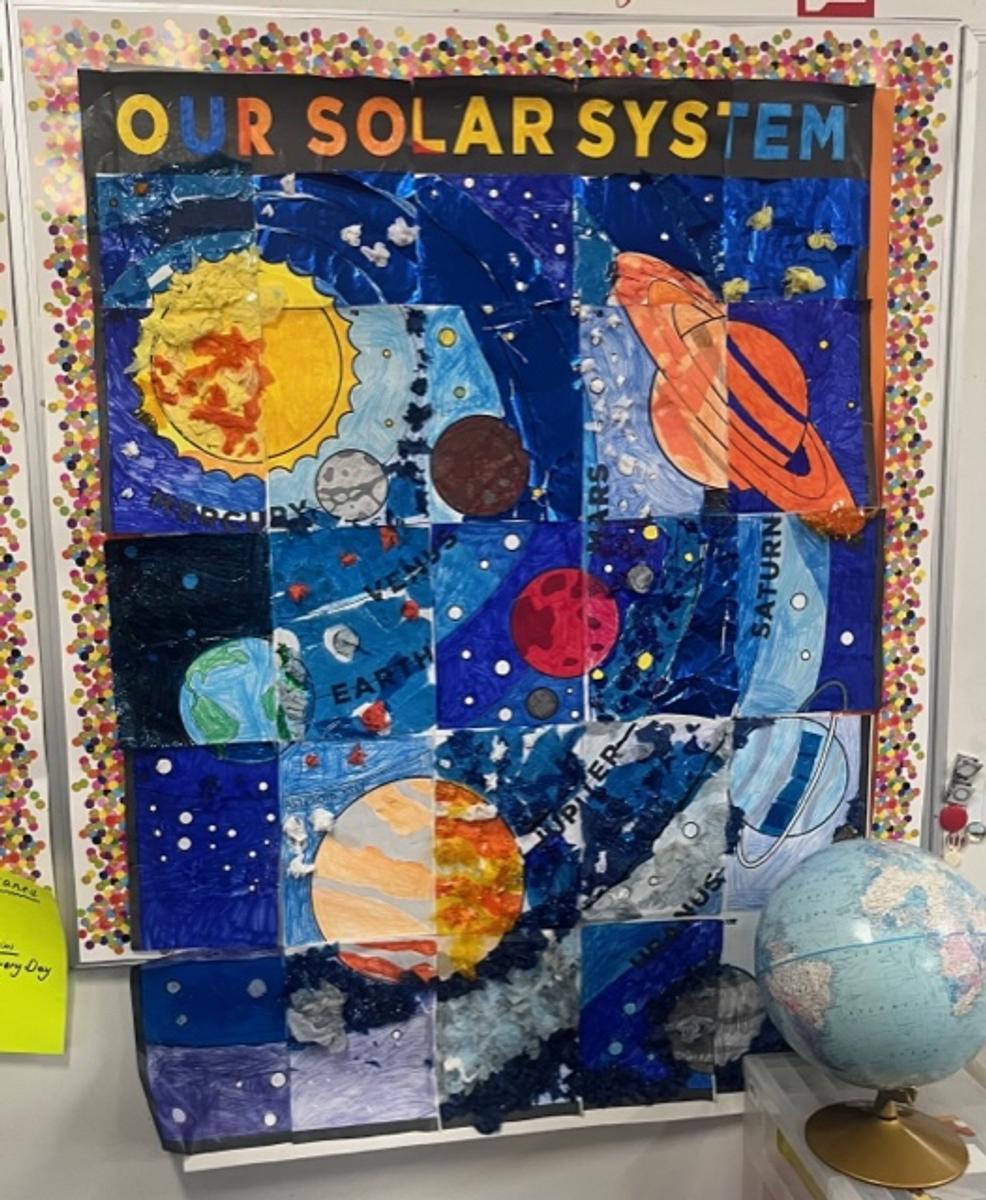

In our STEM program this term, students have been focusing on the Science of Earth and Space. We began the term with a visit from the Science Discovery Dome. The incursion was a fun and educational way to immerse our students with digital projections covering the enormous dome, allowing students to take tours of the night sky, and view the stars, planets, and major constellations. Students observed Earth’s rotation causing day and night, and its orbit around the sun. It was exciting for all the students to see how their birthdays come around each year.
IN PREP
This term our Prep students explored how daily and seasonal changes affect us on Earth. They examined the rotation of the Earth, and discovered things that we might see in the sky during the day and during the night.
Our Prep students thoroughly enjoyed giggling, to the cock-a-doodle-doo sound of a rooster at sunrise, and the hoot-hoot-hooting sound of an owl at night. They were quite amazed to learn that these two birds could be so noisy at the same time but on opposite sides of the world! This then led us on to exploring nocturnal animals and finding out about how these animals use their unique senses when awake at night. Our students went on to discover how people, animals and plants change and adapt depending on the time of day and or the seasons.
Through a fun and engaging investigation, students went on a guided tour around the school to photograph different shelters that protect us from the weather. With the information they gained, the students decided on which recyclable materials would provide sufficient protection from changing weather when building a shelter to protect a special toy of their own. With this new knowledge, our students thrived when designing and making a shelter to protect their special friend, from either the Sun (lamp), the rain (spray bottle), or the wind (fan). As you can see, our Prep students thoroughly enjoyed testing their shelters.
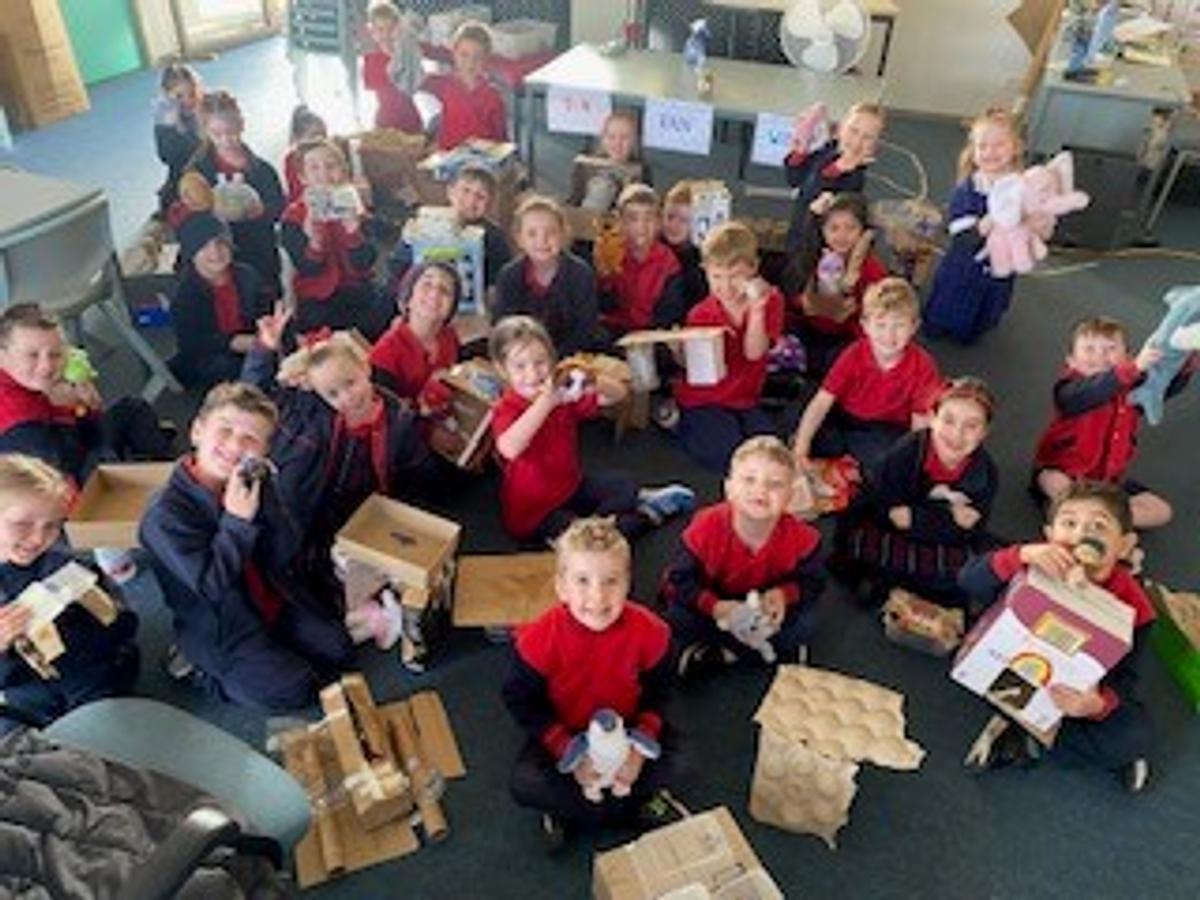

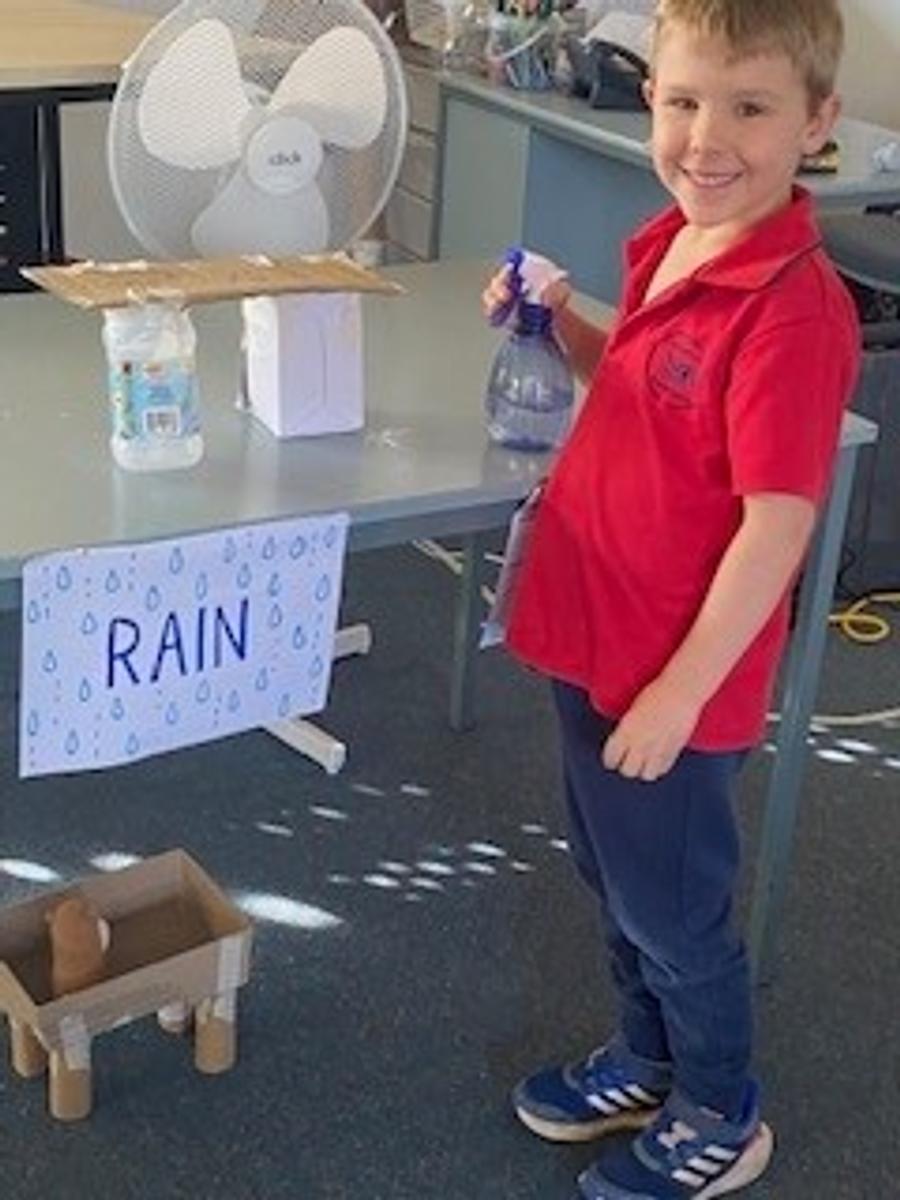
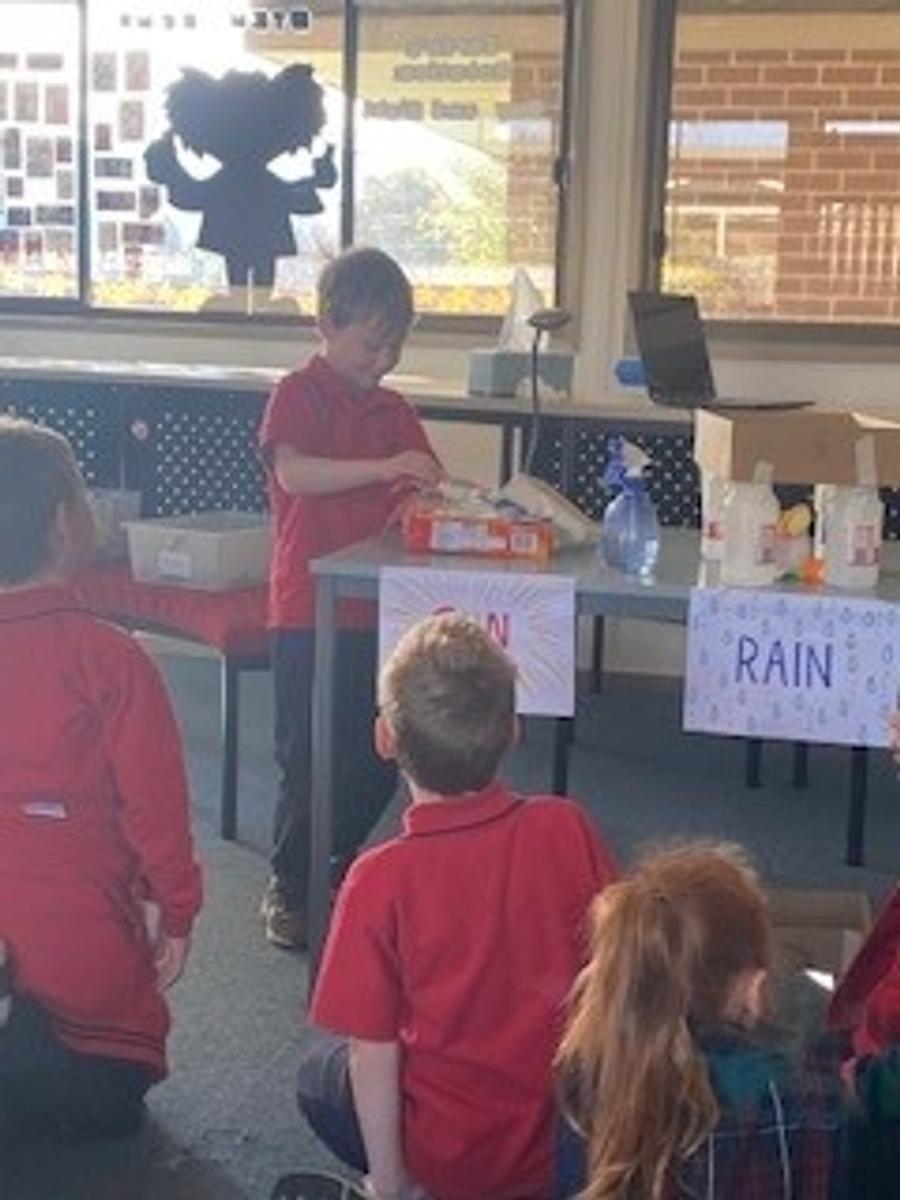
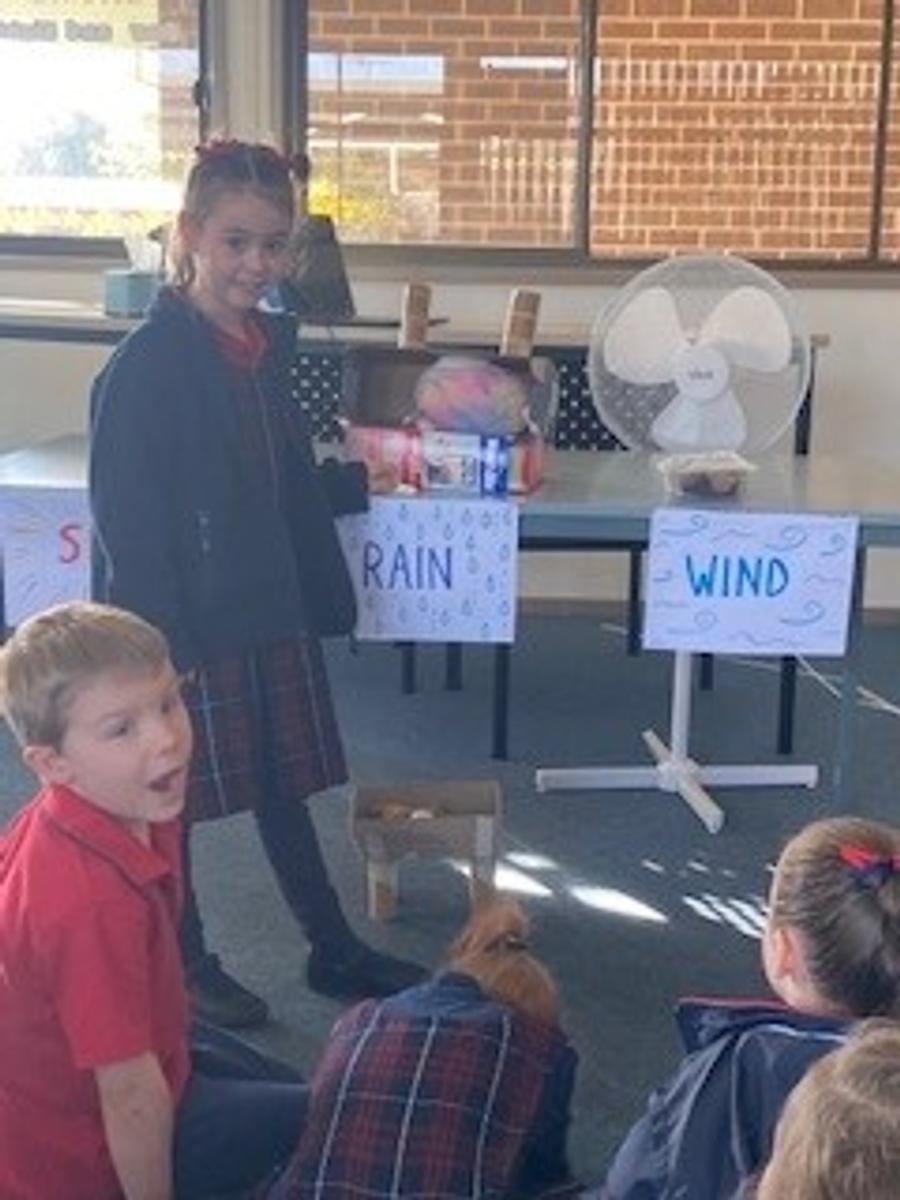
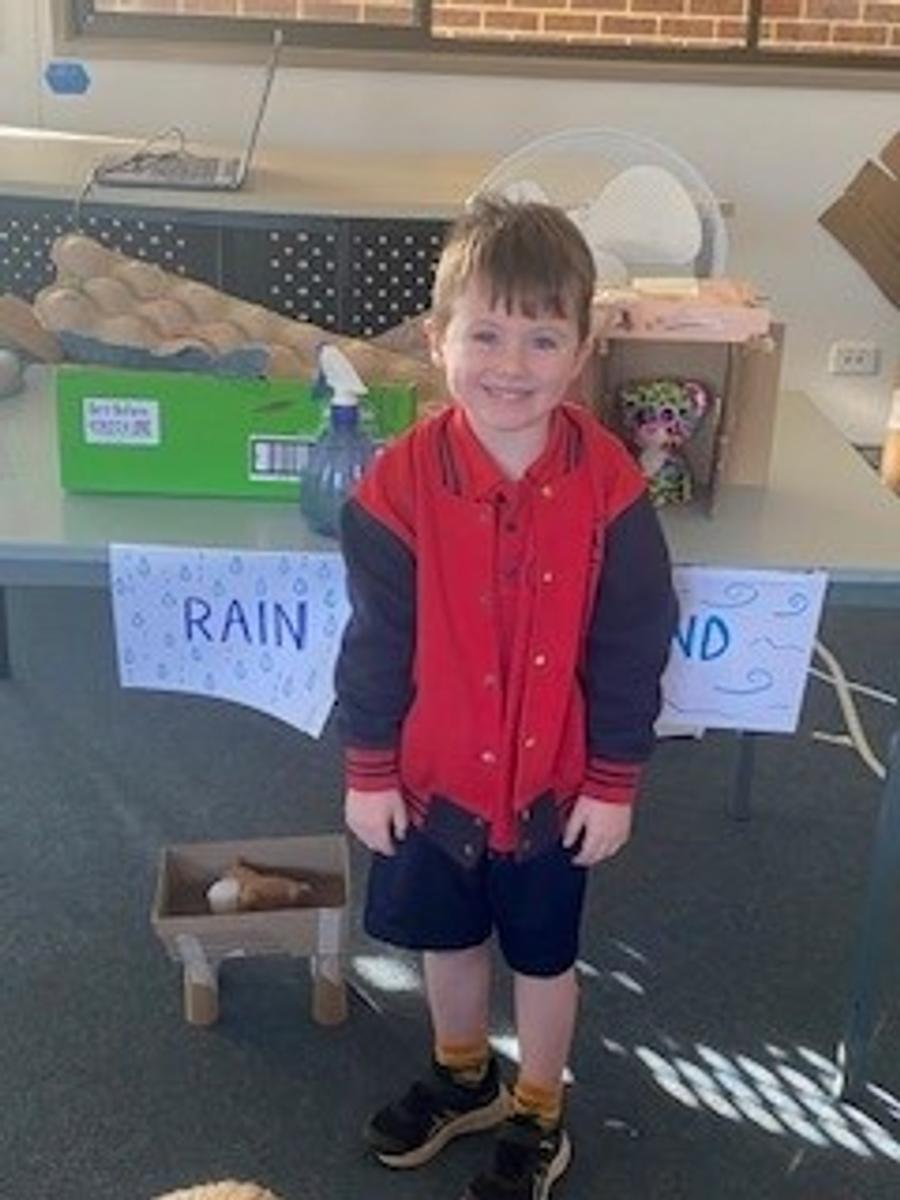
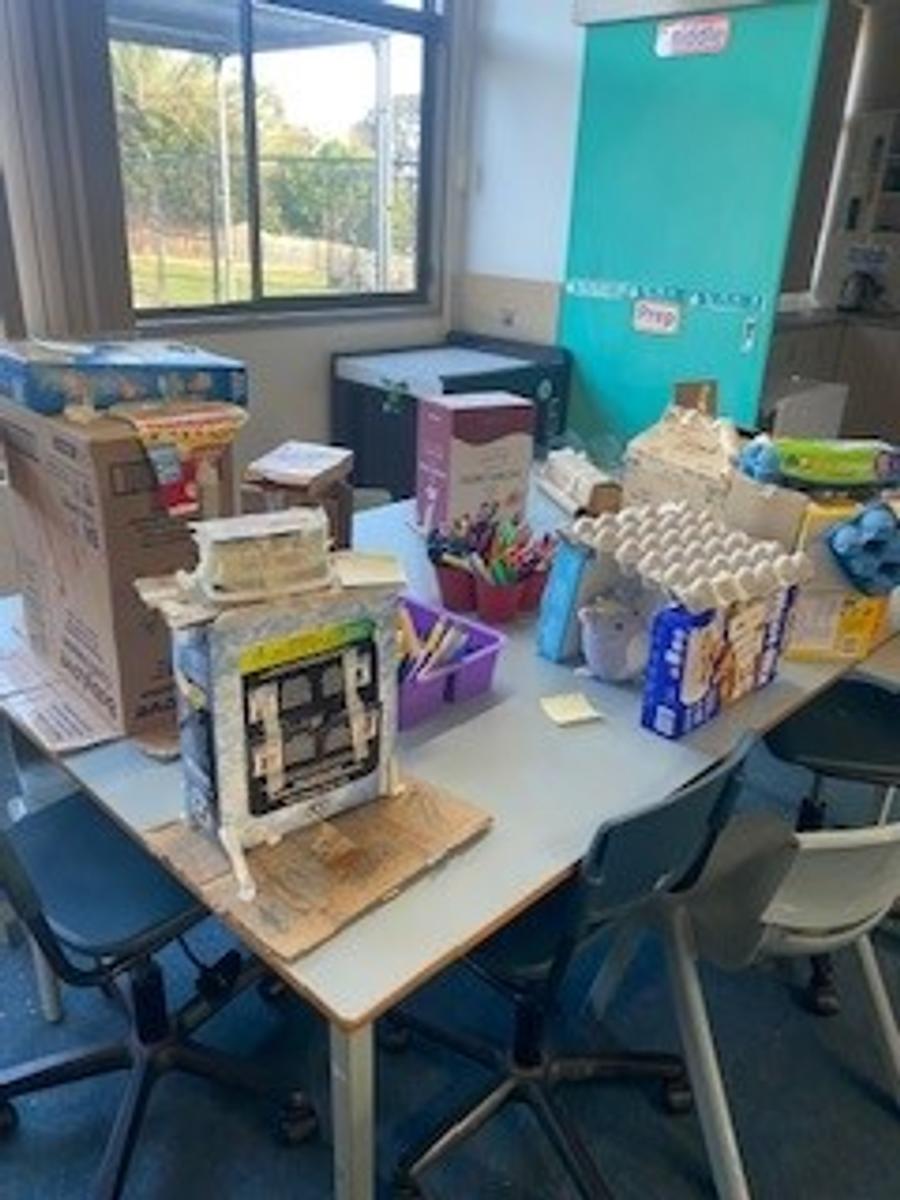

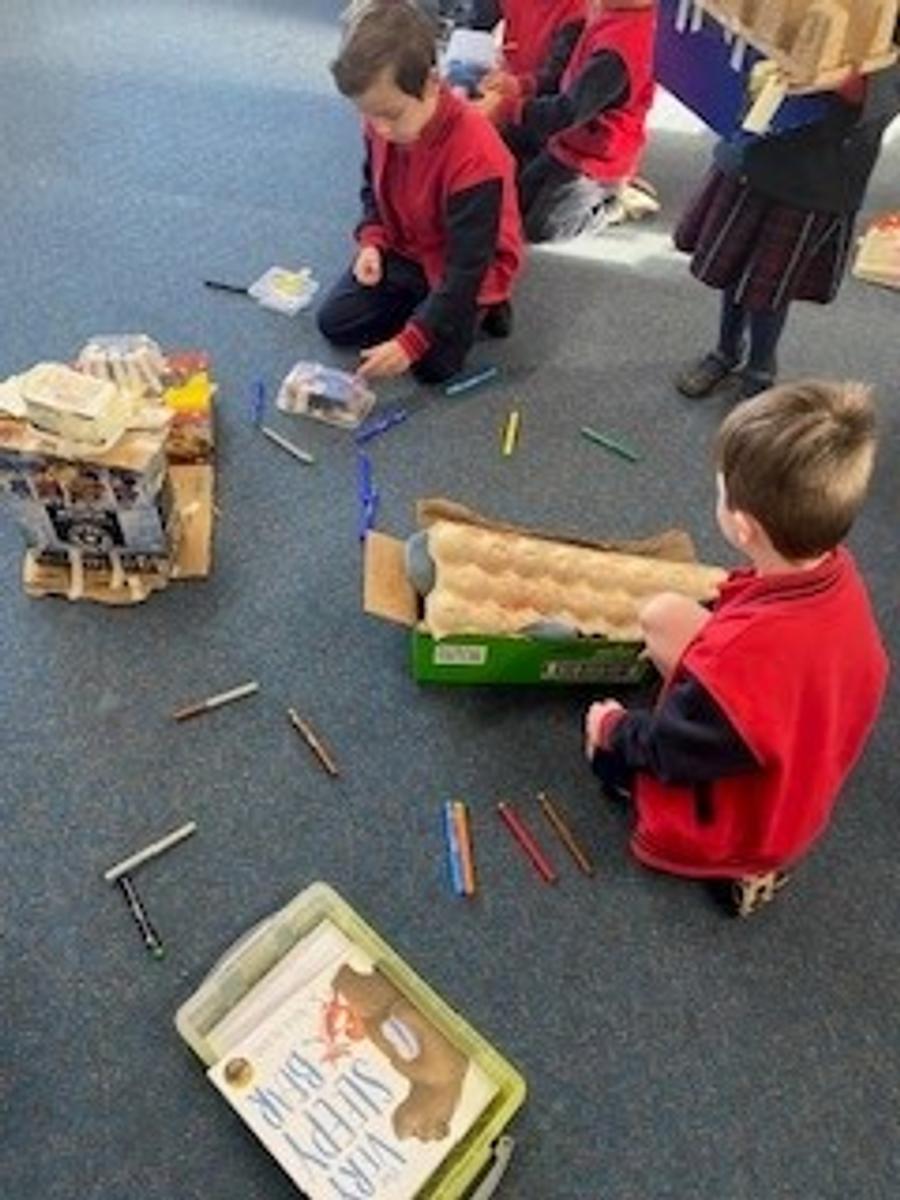









IN THE JUNIOR SCHOOL
This term our Junior School Students investigated changes that occur in the sky and on the land. They viewed the Sun’s path in the sky and the appearance of the Moon and stars at night. One of the highlights of this term was when the students created their very own star constellation of their names using play dough and small sticks.
Our Junior school students spent time observing seasonal and daily weather changes and identified how these changes affect our daily lives and the lives of living things. Exploring hibernating and migrating animals was of interest to our students. Many found how the dormice pigged out on food prior to their hibernation period amusing, as often they would double their normal size!
Our students soon transformed into weather reporters, where they learned how to read a weather report by identifying what the different weather symbols represent and how the higher the number, the warmer the daily temperature was.
To conclude the term, our junior school students used their creativity and engineering skills to design a rain gauge using a recycled bottle. After collecting what seemed like a million plastic bottles, the students enjoyed constructing and testing their very own rain gauge and used Lego blocks to measure the daily rainfall. As a cohort, we discussed the different ways we can reuse the water we collect from the rain. Some suggested watering the garden, giving the water to our pets to drink or even washing the cars, windows, or pets with it.
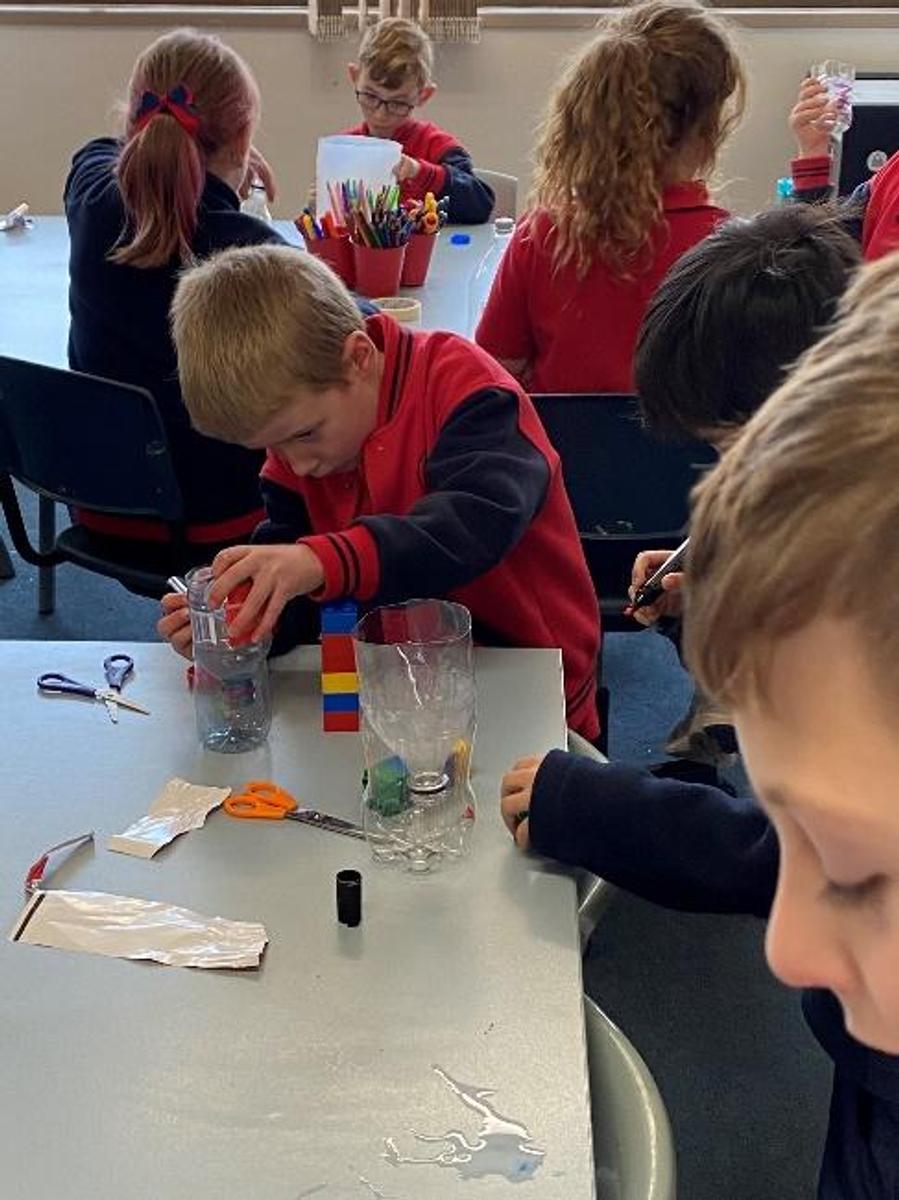
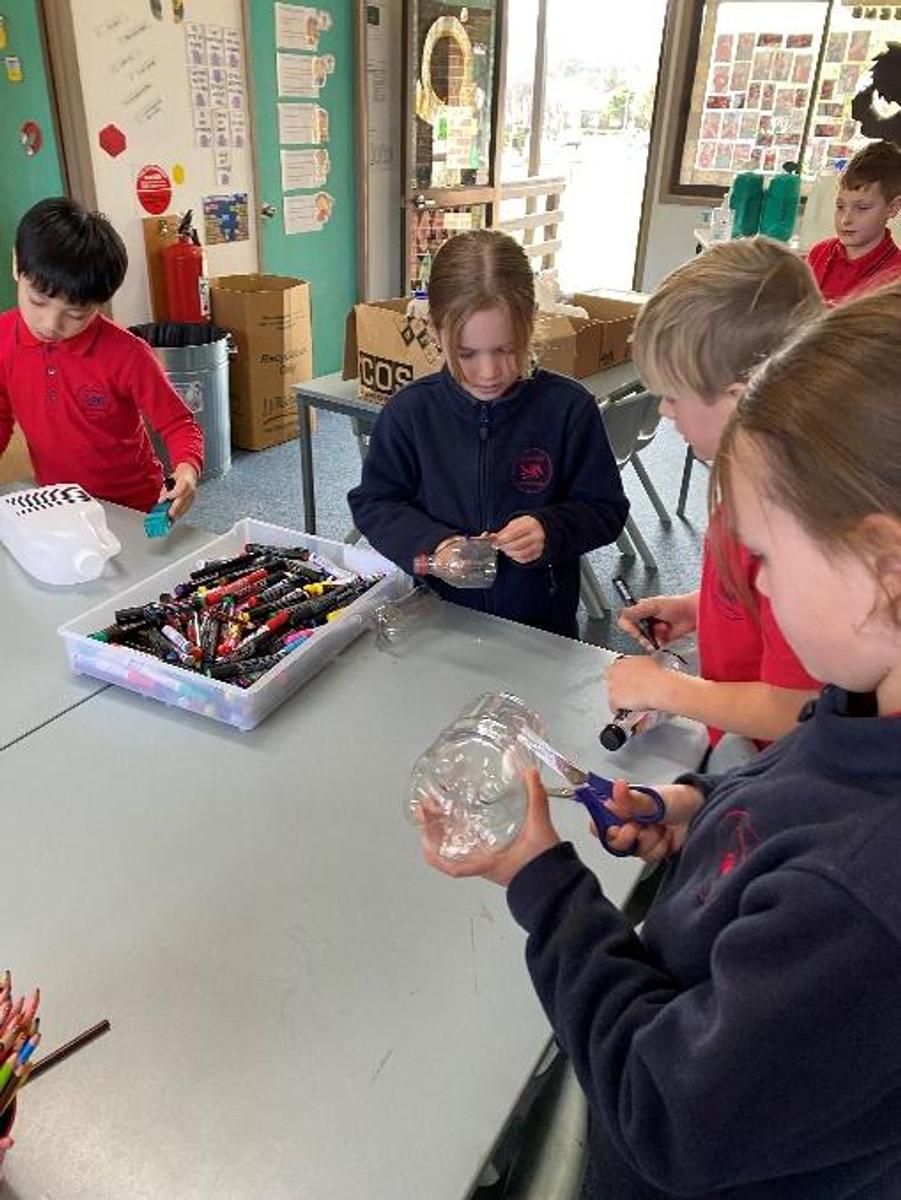
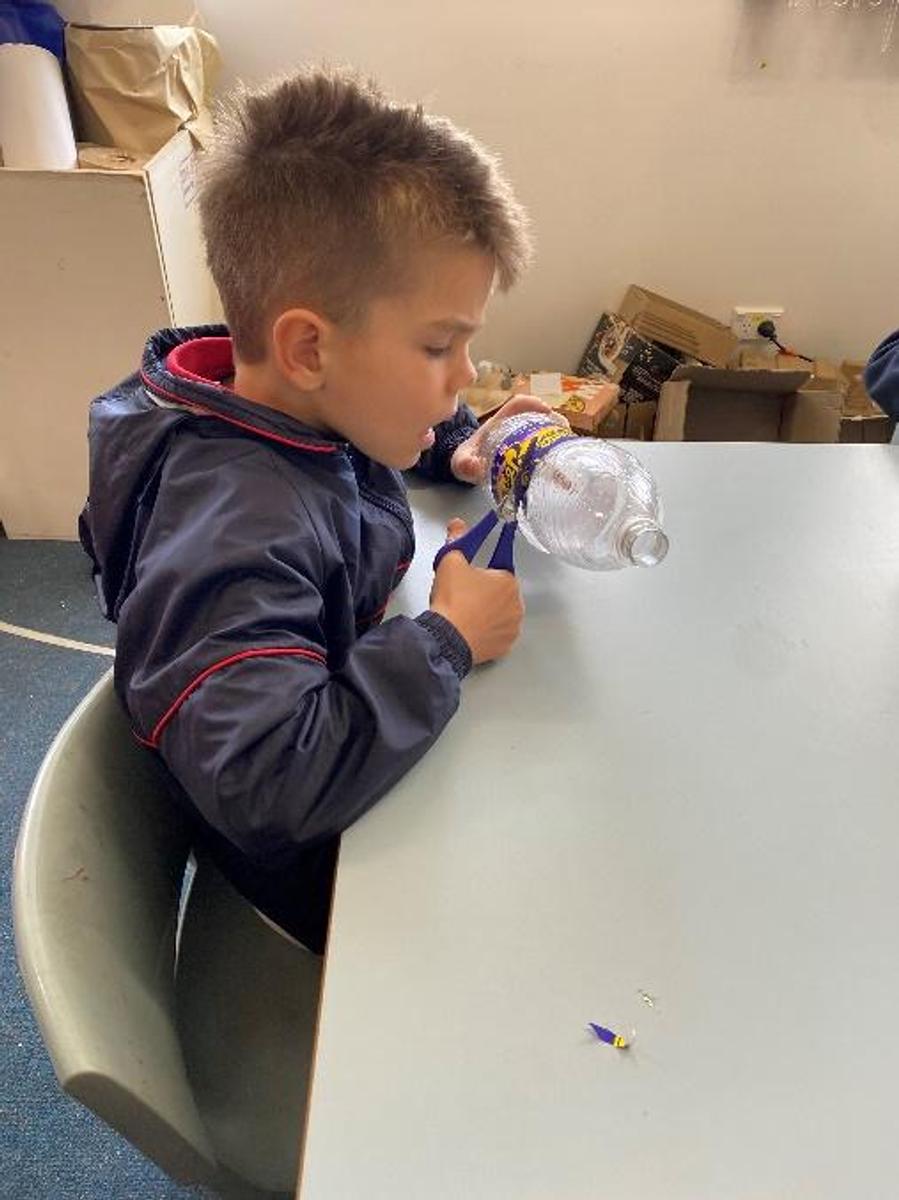
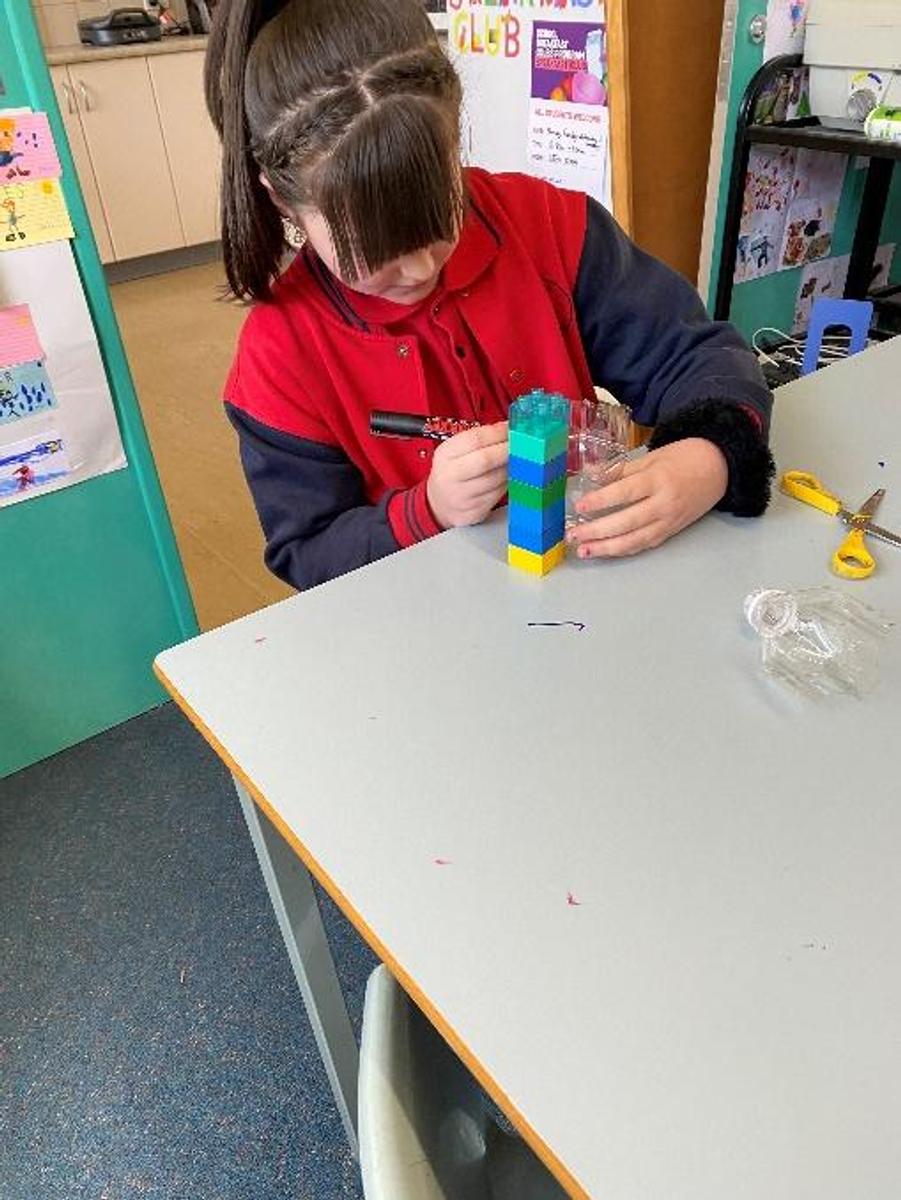
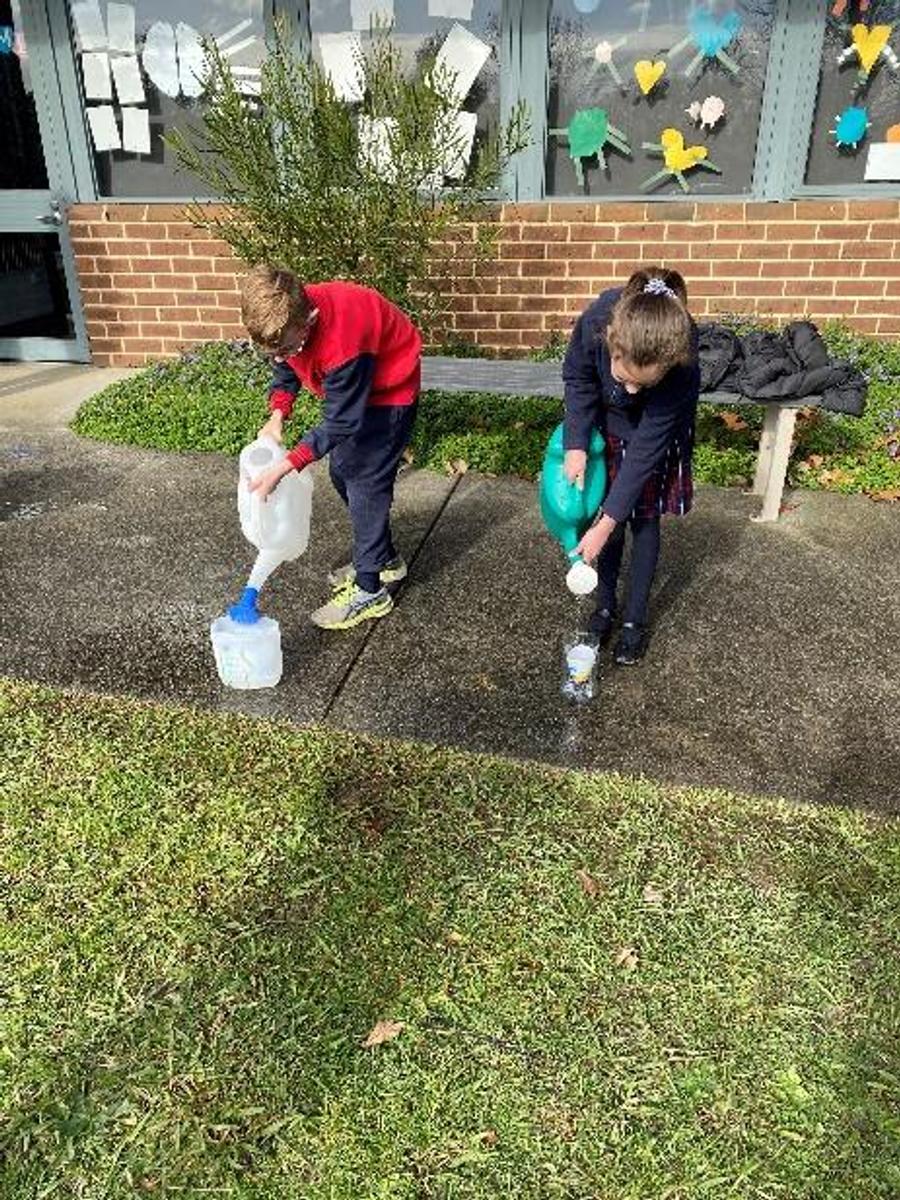
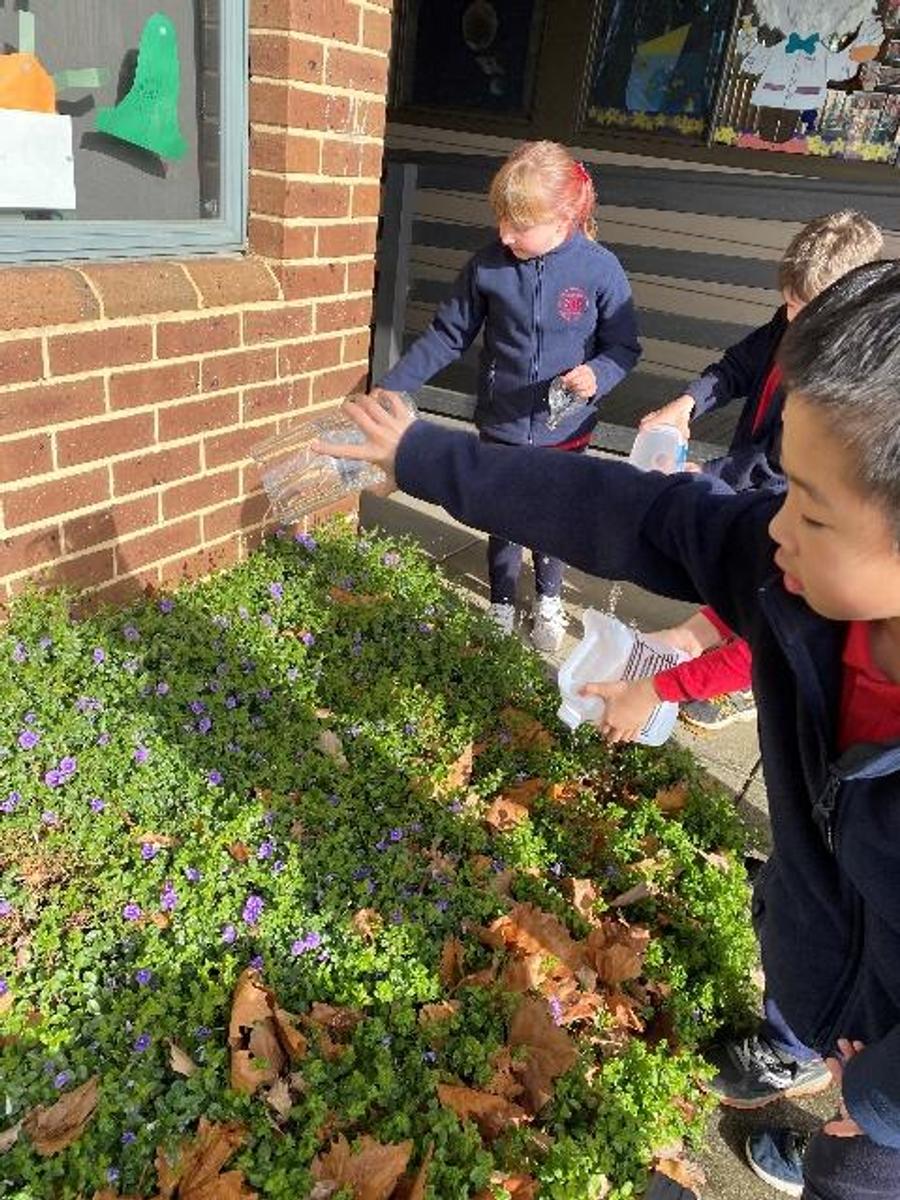
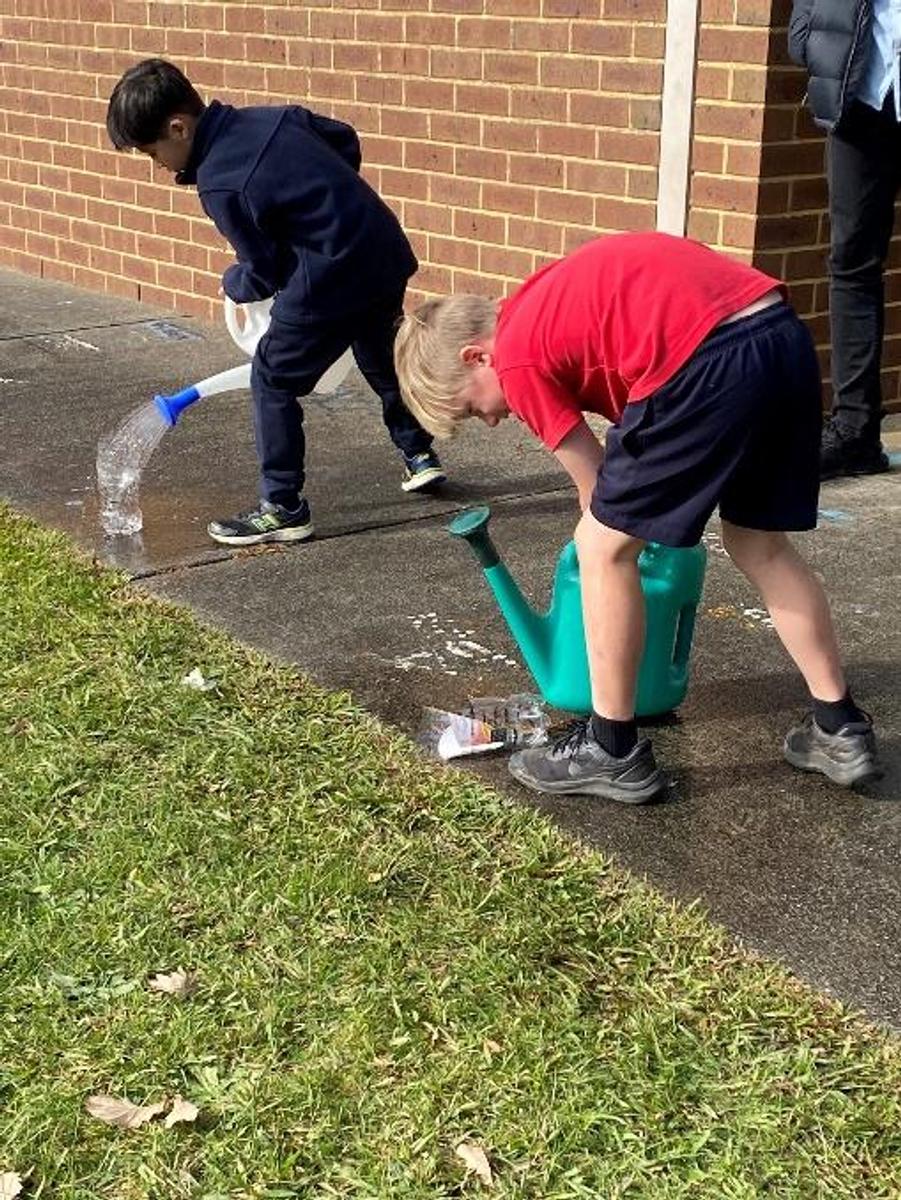









IN THE MIDDLE SCHOOL
This term, our Middle school students focused on how Earth rotates and travels around the sun. We spent time learning about the varied phases of the moon and how days, months, seasons, and years occur. In partners, students enjoyed physically acting out the Earth rotating and revolving around a rotating sun. Some of our students became very dizzy.
Within a partner investigation, the students traced around their shadows to identify the current position of the sun. When the students visited their shadow tracing later in the day, they identified that the direction and placement of their shadows had changed. Some students visited their shadow tracings the next day at the exact same time it was originally traced to find out that their shadow was back to its original tracing spot. This investigation allowed the students to observe Earth’s rotation and how the sun appears to change its position from sunrise to sunset.
In small groups, our Middle school students researched, investigated, planned, and created a Science TV show that showcased their understanding of how Earth rotates on its axis causing regular changes, including night and day. Eager to collaborate with their peers, the Middle school students shared enjoyment when creating characters, props, and costumes to enhance their educational TV show.

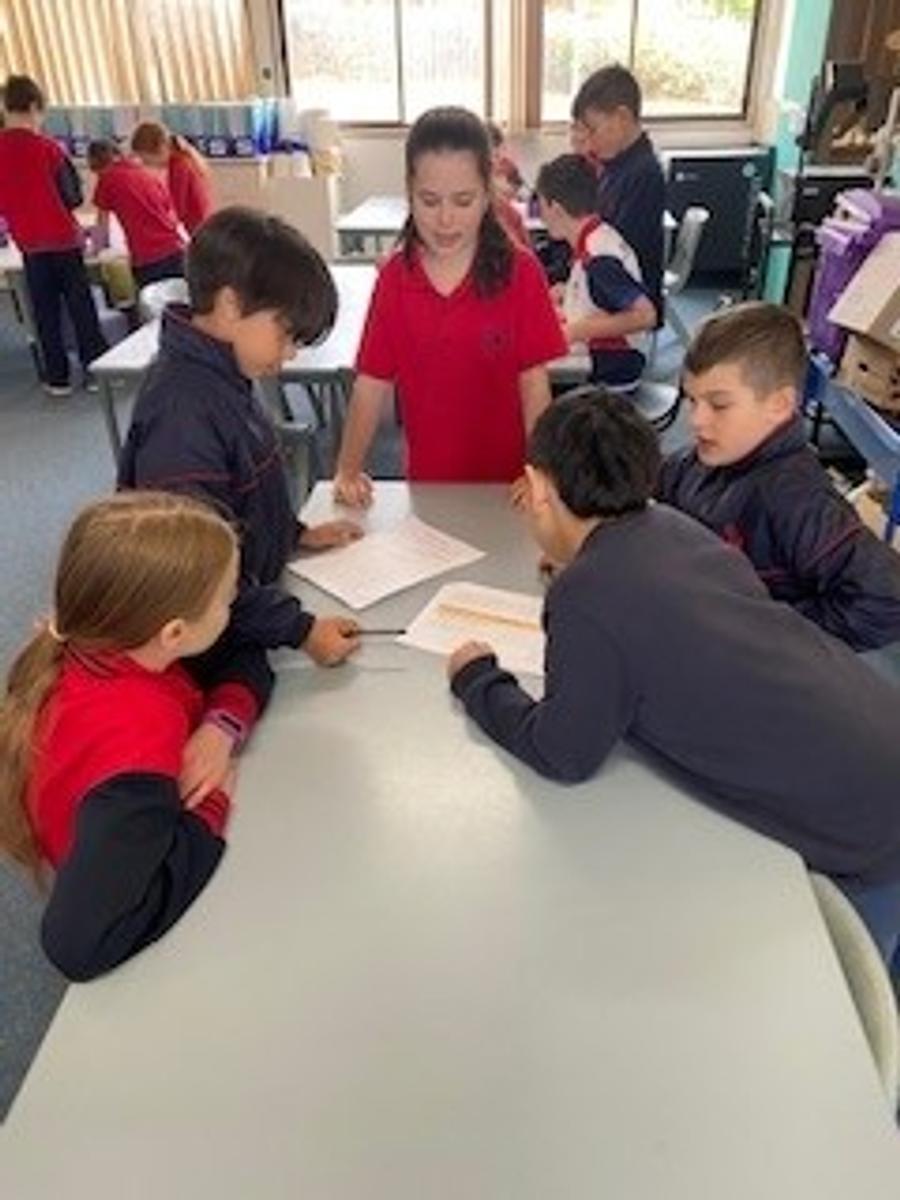
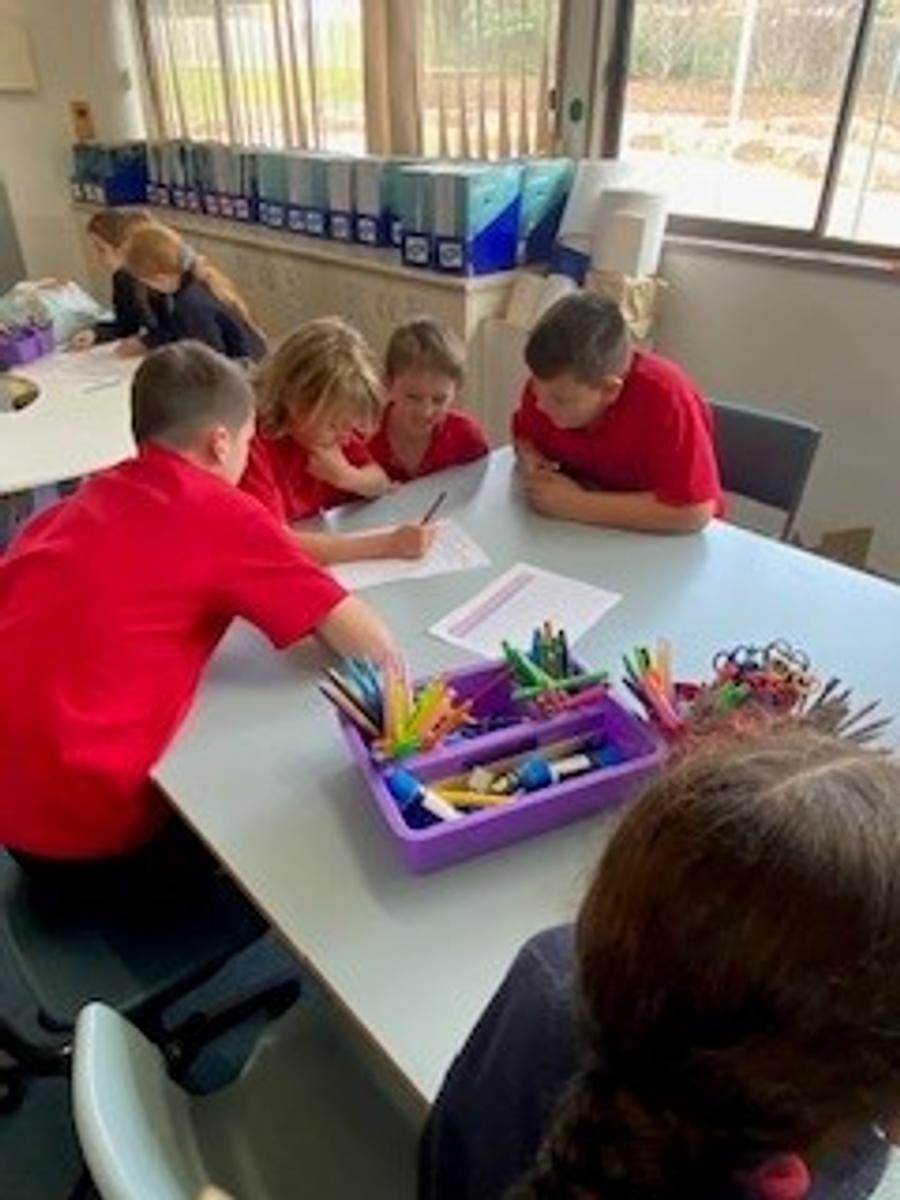
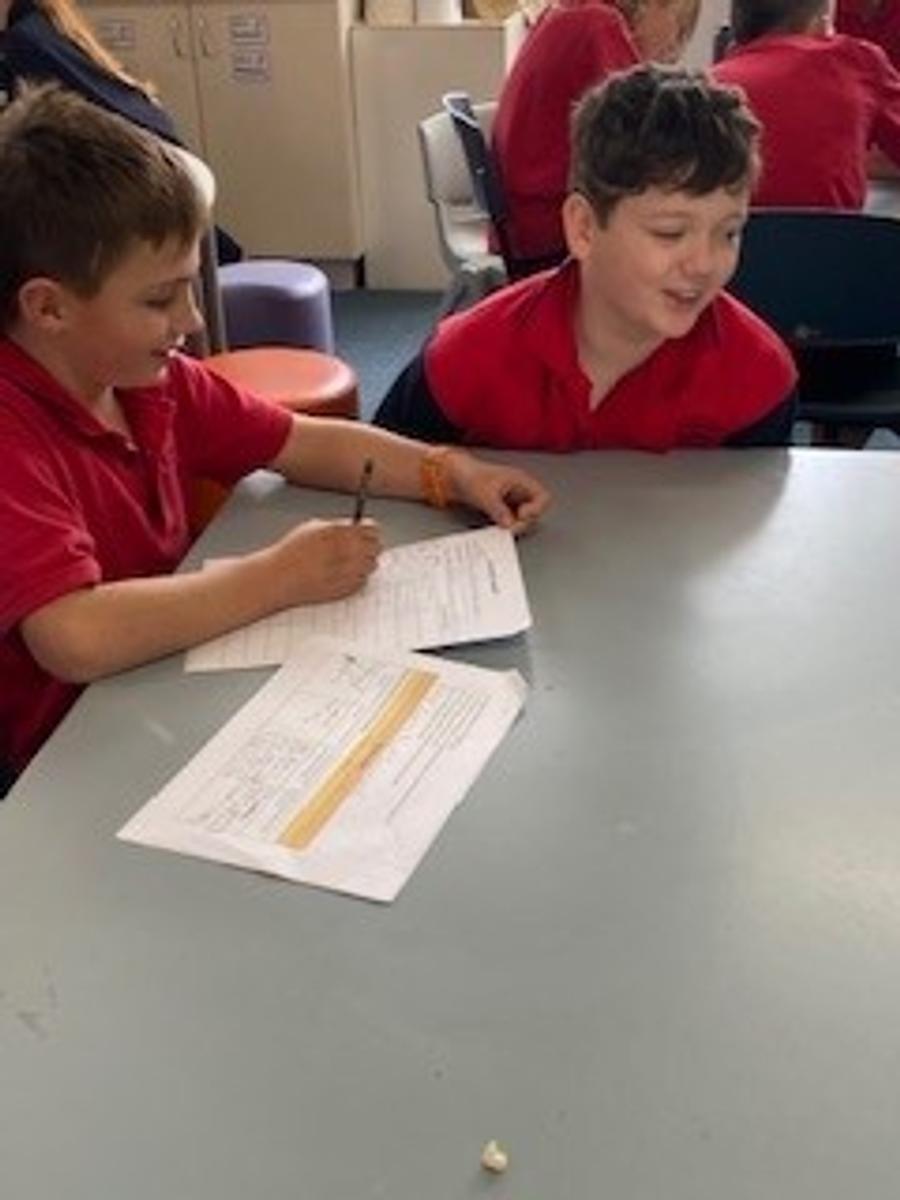
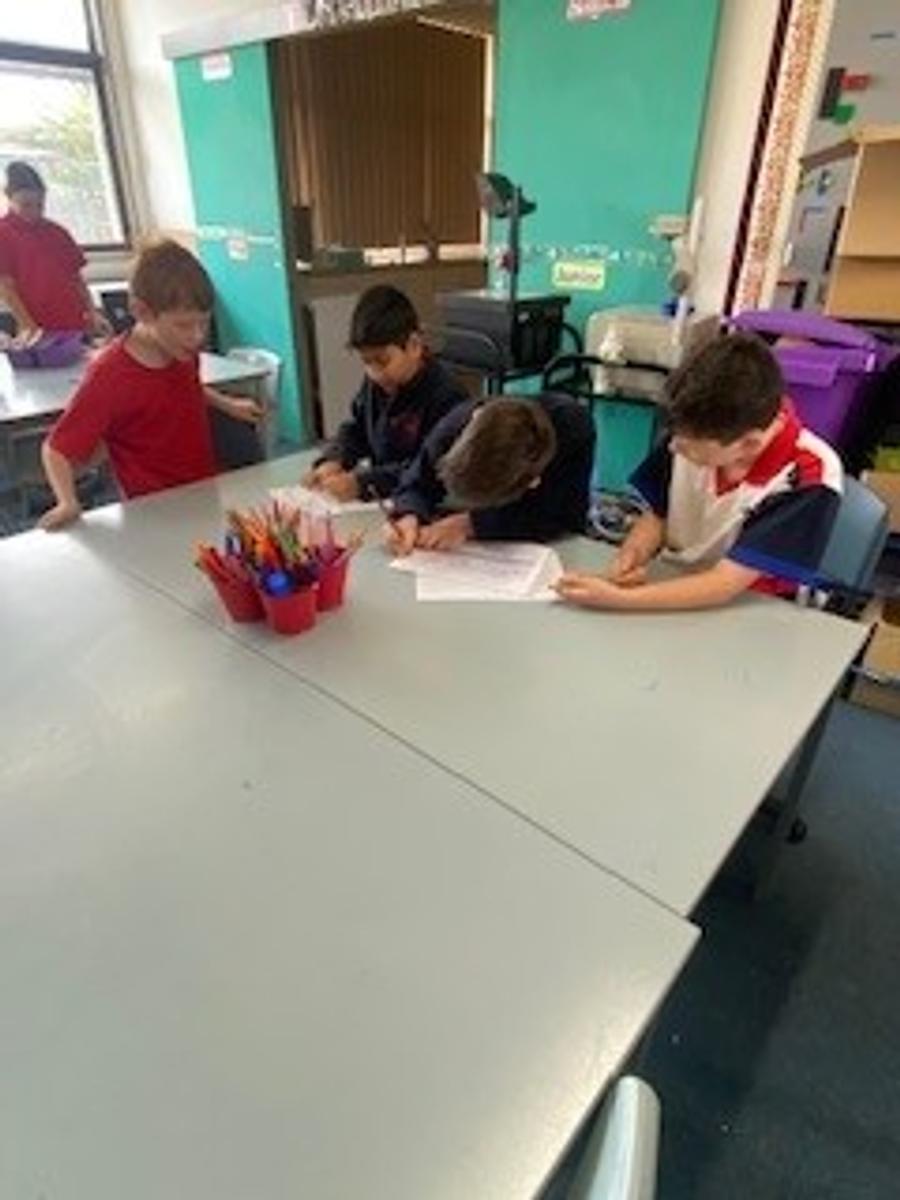







IN THE SENIOR SCHOOL
In term 2, our Senior school students took a journey into space where they explored Earth, and how it is part of a system that orbits around a star (the sun). Students learnt about the physical features and the rotational and revolutionary periods of the planets as well as classified them as either a Jovian or Terrestrial planet.
With access to digital information using QR codes, the Senior school students became experts in their knowledge of a chosen planet. In a small group, they researched and developed a poster to share with their peers including information and images.
Some of the amazing information on their posters included:
· Information and images showing what the planet’s surface is like.
· The temperatures and climatic conditions on the planet.
· What the planet is mostly made of.
· Explaining if the planet is a Terrestrial or Jovian planet.
· Explaining if the planet is an inner or outer planet.
· Where the position of the planet is in our solar system.
· What the orbital and rotational period of the planet is.
The highlight of the term was when the Senior school students were placed into small groups where they had to collectively research, investigate, plan, and create a 3D model of our solar system showcasing their learning. It was fantastic to see our Senior school students engaged in this hands-on project, as well as taking on the opportunity to share their knowledge of the planets through their fact file cards.
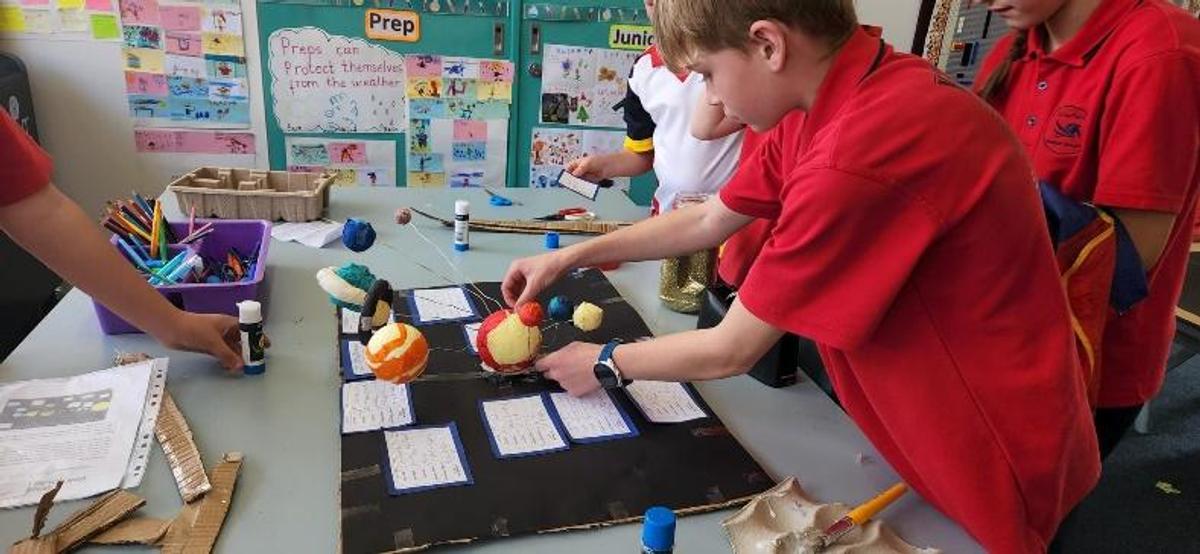
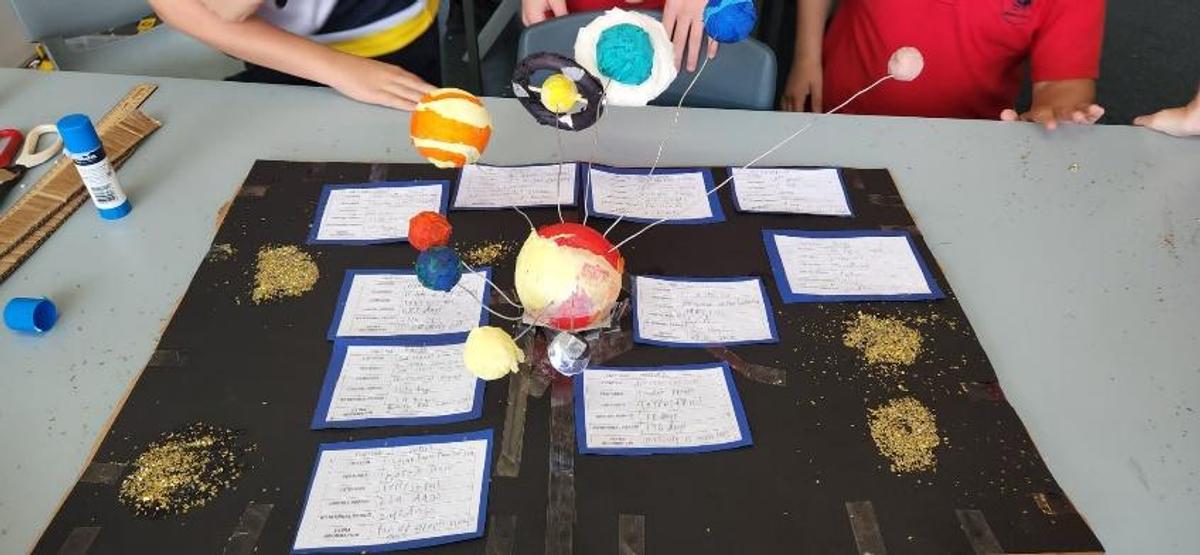
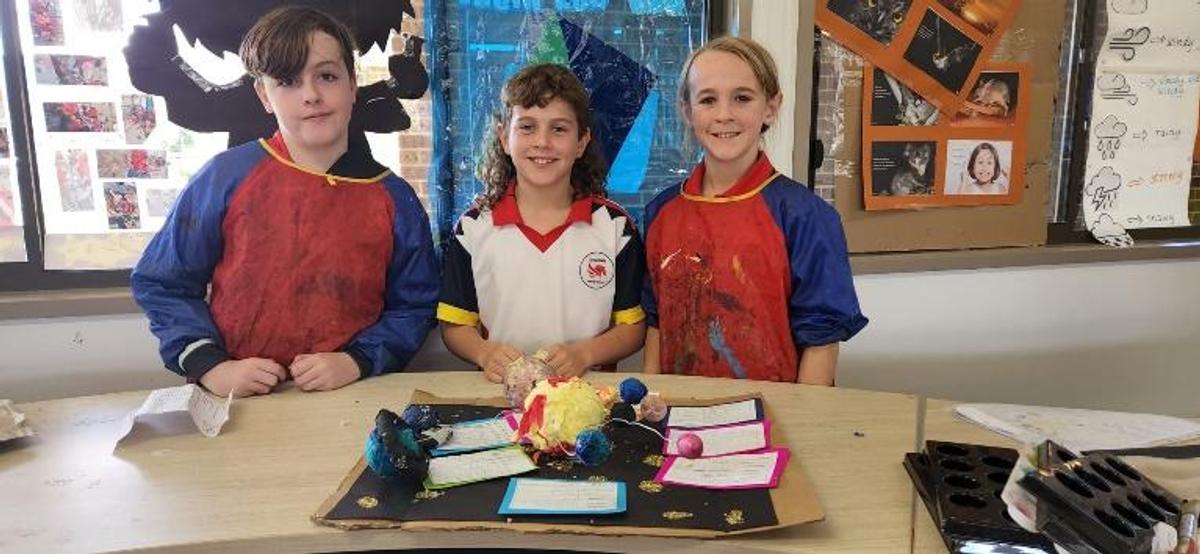
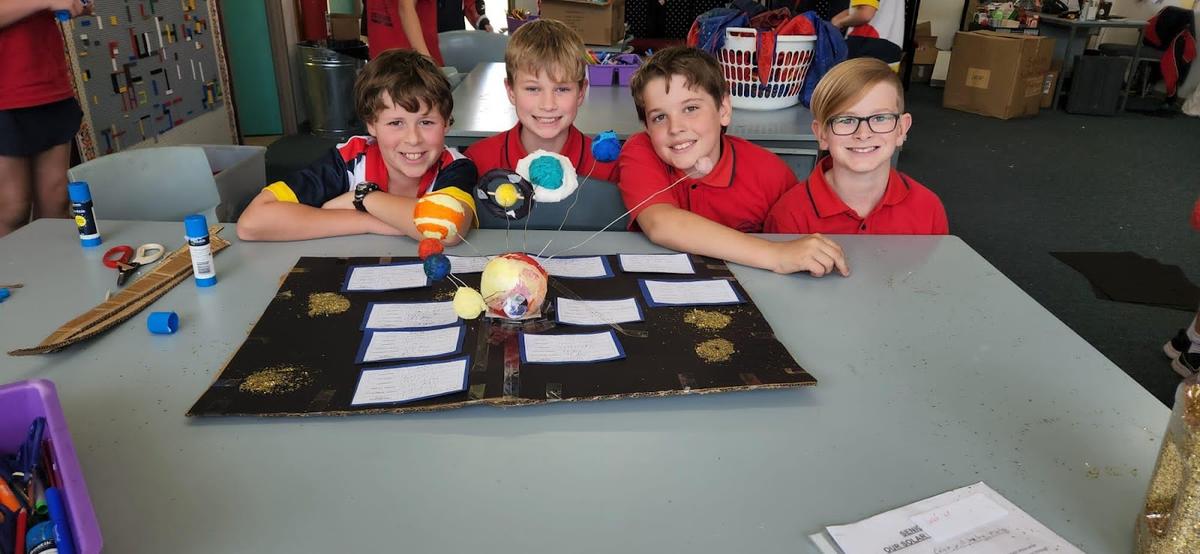
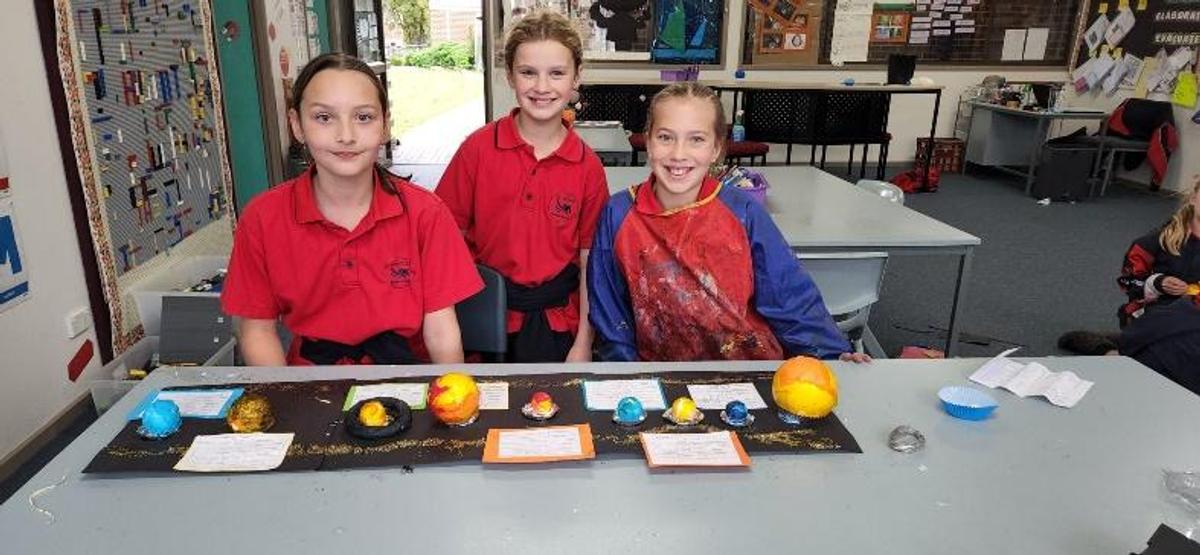
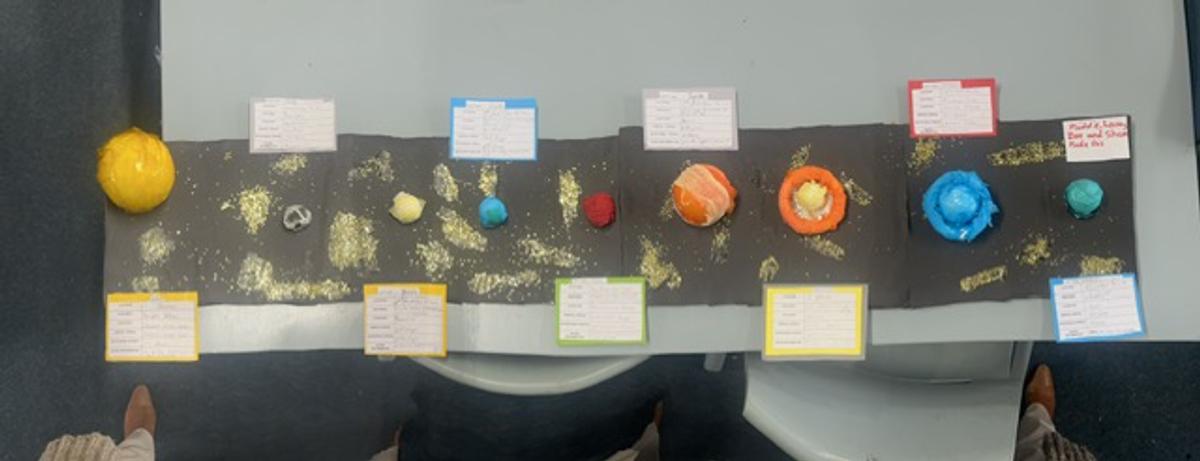
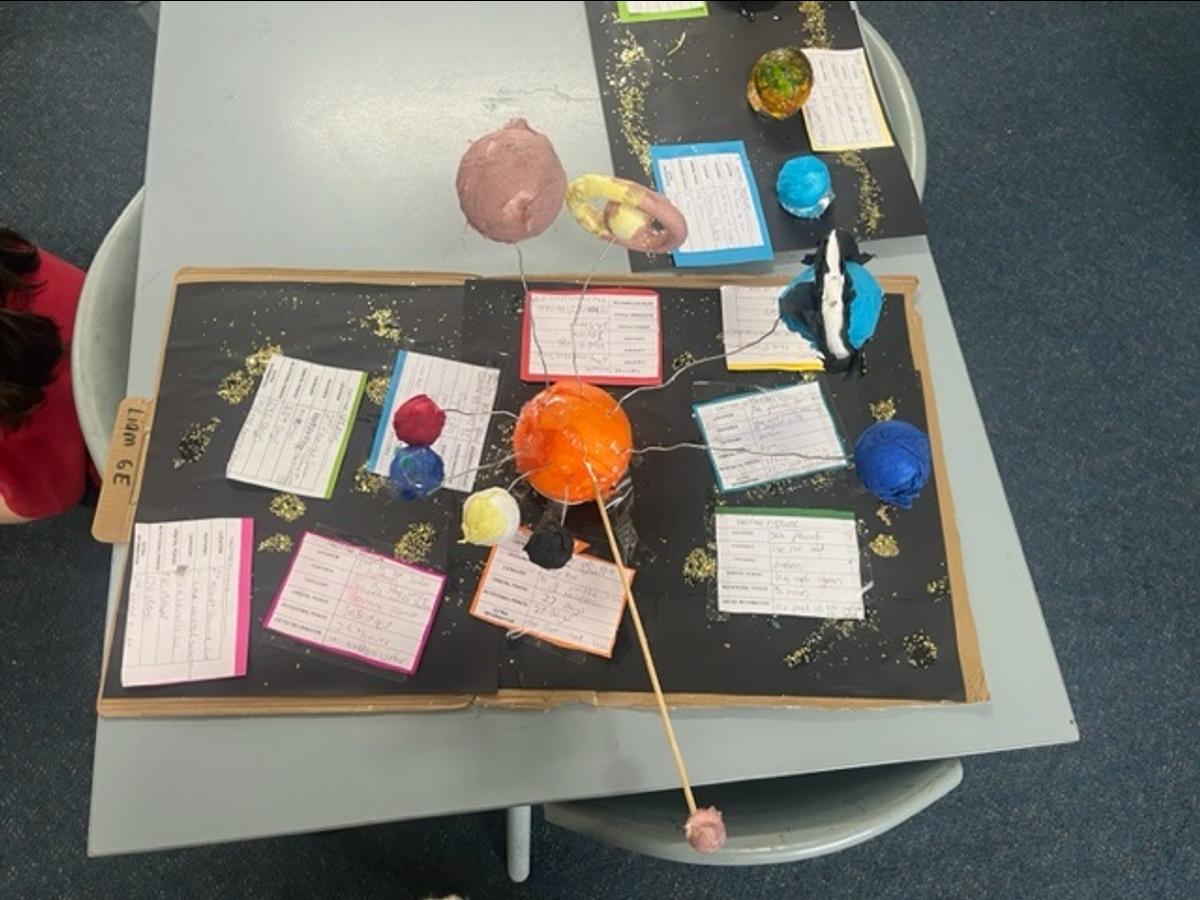







Sophie Chamberlain and Melissa Adams | STEM